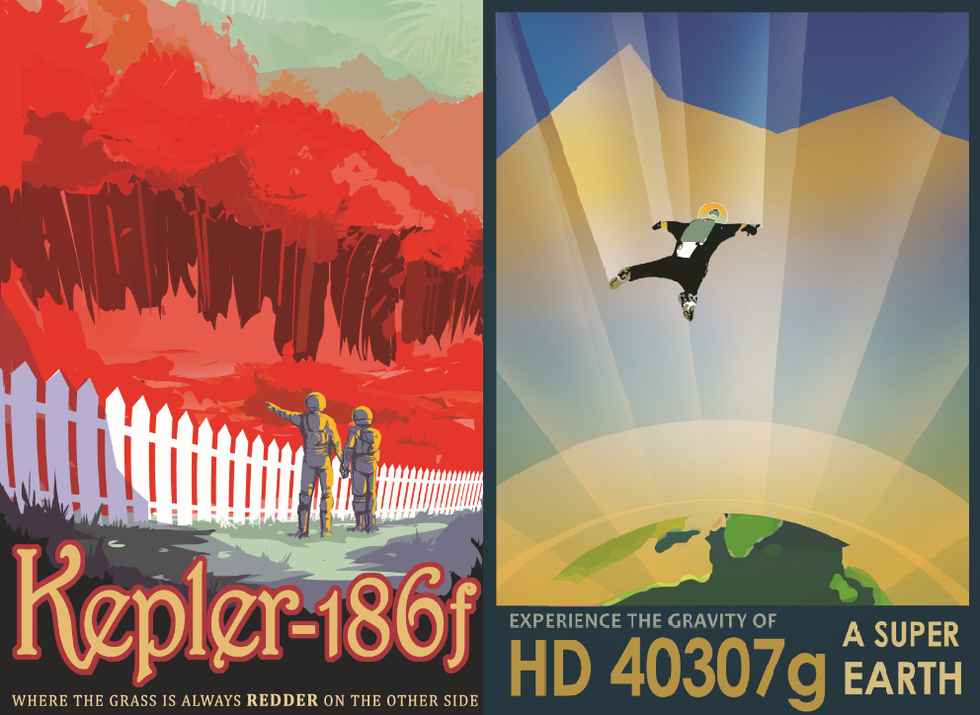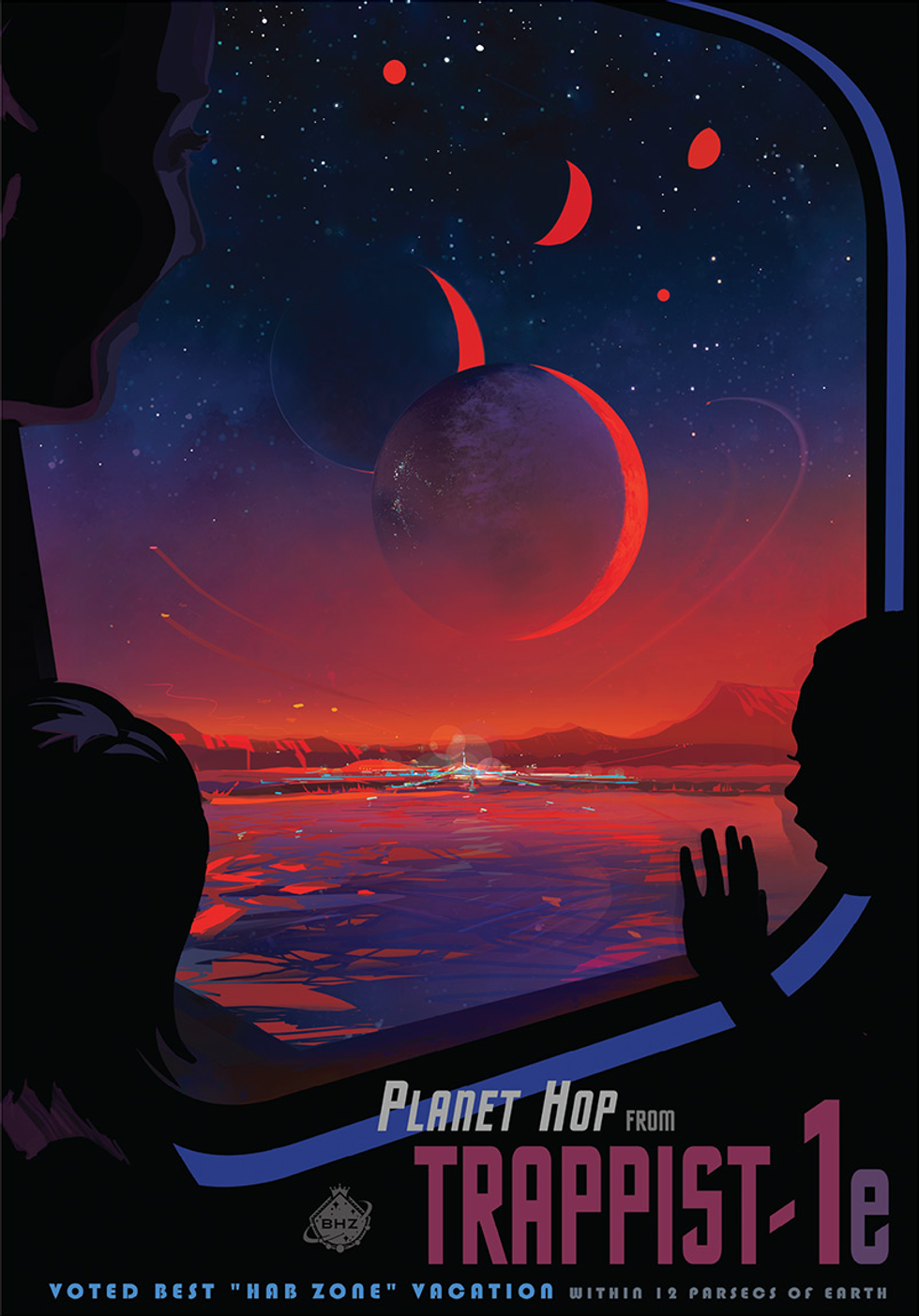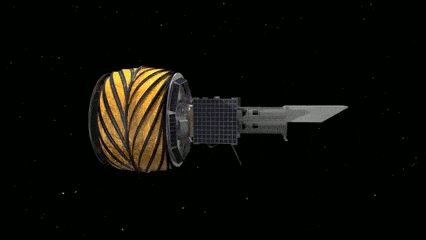n Exoplanet is a planet that orbits another star(s) other than our closest star, the Sun. Sara Seager, astrophysicist and planetary scientist at MIT, points out that the sky is “literally teeming with exoplanets” and that the statistics show that each star in our sky is orbited by at least one planet, one fifth of which could potentially harbor life! That’s a lot of planets. These exoplanets and the search for them have sparked an incredible about of scientists, engineers, and dreamers to start to wonder what kinds of planets are there? Are there any that look like our Earth? What is it like on these other planets? And one of the most inquisitive of questions, are there life on those planets?
Well, we haven’t learned quite yet of any other intelligent beings on the planets, however we have learned quite a bit about the planets that are out there. Let me tell you, science fiction did not prepare me for the seriously incredible planets that live outside our solar system! I mean, yea, the planets we see in the movies and on TV are cool, but how would you like to visit a planet on which the plant life (if it exists) is “always redder” like KEPLER 186F. Or HD 40307g, a “super earth” who has about eight times the Earth’s mass and a much much stronger gravitational pull!
So what are we going to do about all that prime real-estate? Well, 13 years ago NASA’s Spitzer Space Telescope was launched with the goal of providing “a unique, infrared view of the universe and allow us to peer into regions of space that are hidden from optical telescopes,” and boy did it ever! The mission was originally meant to be two and a half years long, but in October of 2016, Spitzer began the “Beyond” phase of its mission and continued to reveal the universe in ways we could never have dreamed! Then, when we didn’t think Spitzer could be any more awesome, we got pretty lucky on November 22nd when the Spitzer Space Telescope came through and found us seven exoplanets within the habitable zone of a star (TRAPPIST-1) about 40 light years away! My favorite of these seven planets is TRAPPIST-1e, the fourth closest exoplanet to its star. NASA voted it the “best hab zone vacation,” that is if you are willing to go about 12 parsecs away. So channel your inner Han Solo and go have a nice picnic and stare at a sky full of Earth-sized planets in the ambiance of a red glow. How relaxing right?!
ach of these planets, however, needs to be analyzed closely to see what kind of planet it is, the planet's’ orbit, and even how close or far away from the sun it is. If fact, although many astronomers focus on looking for exoplanets within the "habitable zone" around a sun, that is not the only factor to take into consideration. Aomawa Shields, an NSF Astronomy and Astrophysics Postdoctoral Fellow, explains how she "picks up where their job ends" and shifts her focus to studying the atmosphere of a planet rather than the distance from the sun. Computer models and a special cameras installed on the Hubble Space Telescope are used to determine the components of a planet's atmosphere and climate to try and determine whether it can harbor life, or if it could be inhabited by humans. Well, eventually.
This search and study of exoplanets has led to brilliant advances in technology to make studying these planets and their atmospheres easier (a term I use loosely) including the Spitzer’s successor the James Webb Space Telescope which is set to be launched in 2018. However, getting accurate images of an exoplanet when you are far away. The further out you get from the planet itself, the harder it will be to see the planet itself due to the giant looming star of which it orbits leading the planet to be almost completely unable to be seen. So how do you get around this? Below is a gif with an artist’s depiction of the starshade (an idea originally suggested by Lyman Spitzer in 1962 (there’s a reason a telescope is named after him. This shade enables telescopes to take more accurate picture by utilizing precision “flower petals” to block out the sun. Upon deployment from it’s partner telescope, the starshade unfurls and flies approximately 50 thousand kilometers away to allow for an accurate picture. This should allow for the proper contrast levels to detect and analyze Earth sized planets in the habitable zone of the stars they orbit.
We’ve come a long way from thinking that the universe revolved around us here on Earth, and we have taken to the stars like there is no tomorrow. These advances in technology and the discoveries of beautiful and exotic exoplanets that come inspire me to never give up hope. We will continue to learn new things, and we will continue to get closer and closer to seeing if life can happen on another planet, continuing our search to find our place in this universe and the worlds that live just outside our pale blue dot.






















